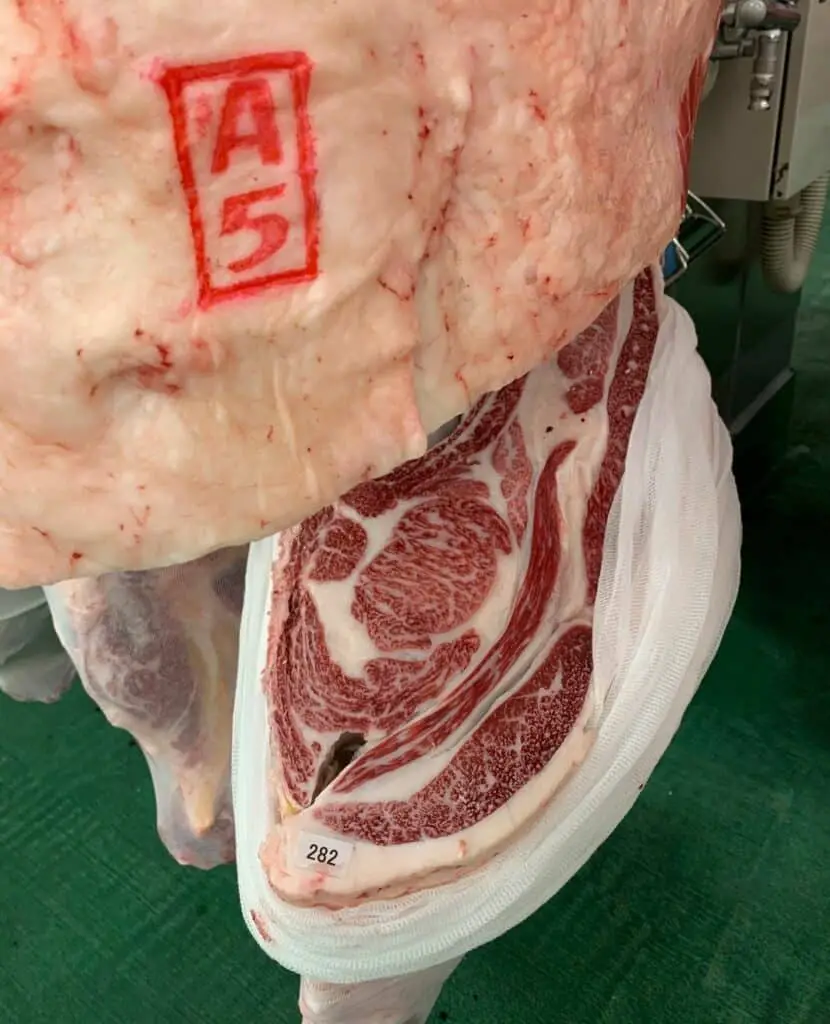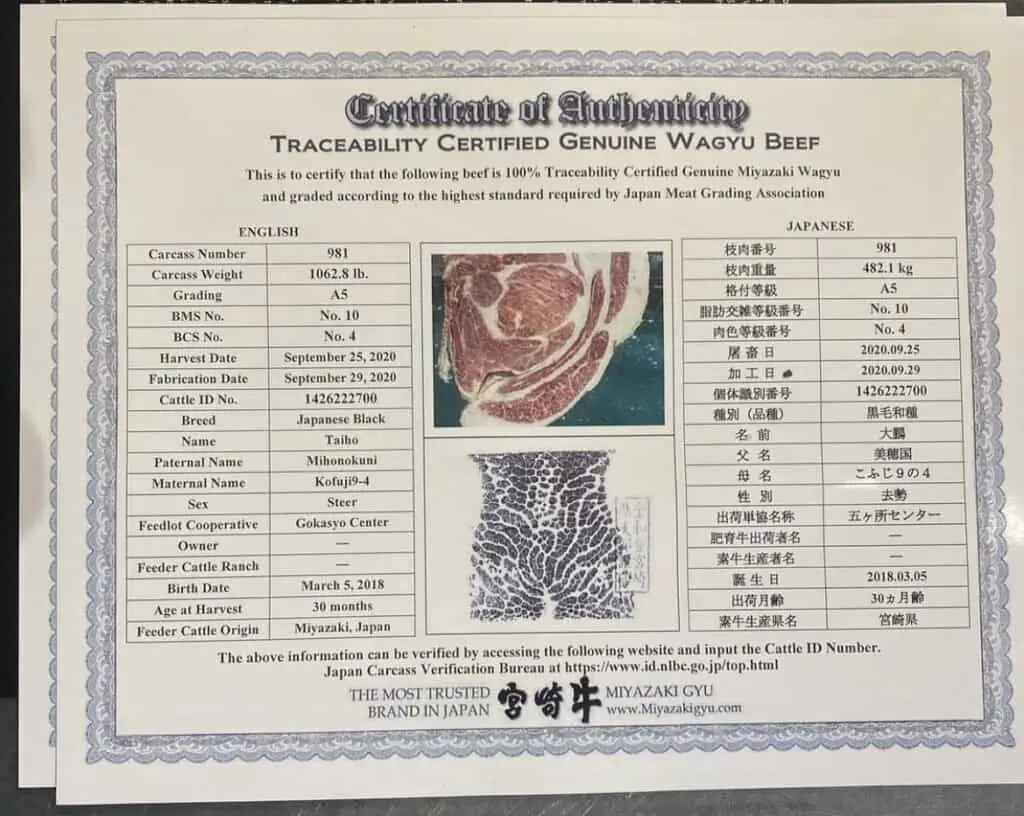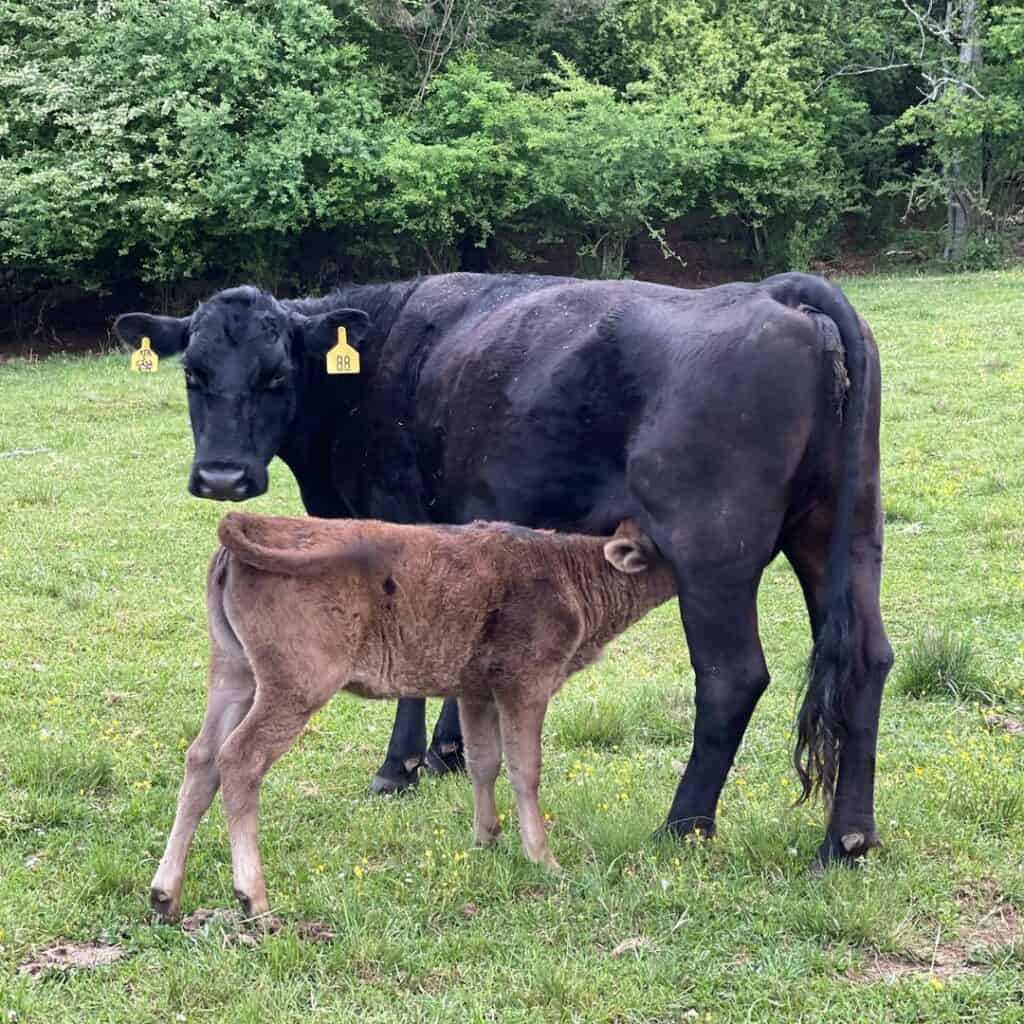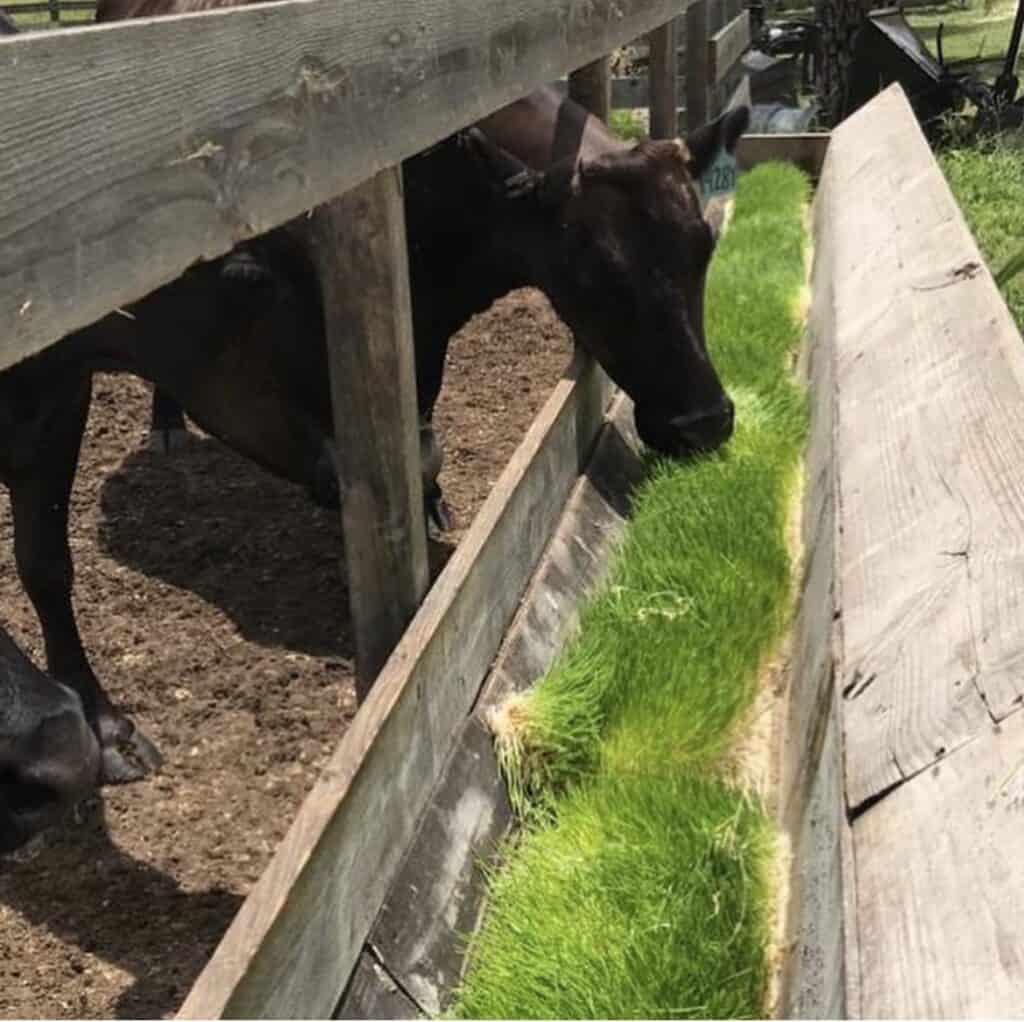Japan is known for producing some of the best food in the world, including black watermelons that can cost as much as $6000 each! However, one of the most renowned luxury foods from Japan is wagyu beef, which is widely reputed to be the world’s best.
Today, I’m going to look at the cream of the crop: A5 wagyu beef.
So what is A5 Wagyu? A5 wagyu is wagyu beef that has attained the highest possible grade, giving a guarantee of quality and excellent marbling. The “A” means that the cow had a high yield of meat, while the “5” means that the meat has a high degree of marbling, which is the distribution of fat throughout the meat.


Of course, wagyu beef production is a complicated industry, as with any kind of luxury food, and there’s a lot more than that to know about what goes into producing A5 wagyu. I’m going to take a look at exactly how wagyu beef can get the coveted A5 rating and then I’ll go over some questions related to wagyu beef.
What is A5 Wagyu?
As you may have guessed, there are two different components that go into determining the quality of wagyu beef: the letter and the number.
Let’s take a look at what each of them means.

The Letter: Yield Grade
In A5 wagyu, the letter refers to the yield grade of the beef, and you may be surprised to learn that this isn’t something that you really have to care about as someone eating the meat. The yield grade refers to the amount of meat that can be harvested from a given part of the cow.
This doesn’t necessarily affect you because this is more of a metric for the farmers to determine how much meat they can get out of a specific cow. However, a cow that can provide a farmer with more meat is coveted, and this affects the price of the meat because the cuts can be made more liberally instead of having to cut around the scrawnier portions of the beef.
This yield grade can vary between three different letters, A, B, and C, each referring to a different yield, which are as follows:
- Grade A: Above average cutability
- Grade B: Average cutability
- Grade C: Below average cutability
Since a grade A cow will typically be better-fed, then it stands to reason that the best meat would come from cows with above average cutability. While you can certainly get good marbling out of a grade B cow or even a grade C cow, it’s simply a lot less common, so A is preferred for high-end beef.
Here is a detailed post on how Wagyu beef is graded.
The Number: Marbling Grade
One of the most impressive things about wagyu beef is the degree of marbling that is in the meat.
Marbling is how strands of fat are distributed throughout the meat, and it’s important because it ensures that the beef is more flavorful and juicier since the juices stay in the meat instead of evaporating after touching the pan.
Another advantage of superior marbling is the fact that it makes a steak more tender, and if you’ve ever had a low-quality steak, then you know how unfortunate it is to chew on a steak that feels like rubber.
The degree of marbling in a steak is determined by the BMS (Beef Marbling Standard), which is related to the amount of marbling and its quality. The BMS goes from 1 to 12, with 1 being the least and the lowest quality and 12 being the best.
However, wagyu beef has different grading standards, which is why A5 is the best and not the kind of middle of the road beef you’d expect from the standard BMS system. Here’s how BMS relates to the wagyu marbling grading standard:
- Grade 1: BMS 1
- Grade 2: BMS 2
- Grade 3: BMS 3 or 4
- Grade 4: BMS 5 to 7
- Grade 5: BMS 8 to 12
As you can see, getting A5 wagyu beef doesn’t necessarily mean that it’s the best possible degree of marbling automatically, since there’s such a wide difference in the actual BMS that the meat can have. In practice, however, any kind of BMS over a grade of 8 means that the beef features excellent marbling.
Why Does Wagyu Beef Feature Better Marbling than Other Beef?

There are countless factors that go into raising beef properly, and there are plenty of reasons why wagyu beef may feature better marbling than beef from other parts of the world. At least part of the reason lies in the cow’s genetics.
While there are four kinds of wagyu cow in Japan, a particular species, Kuroge Washu, has genes that have proven to aid in it having superior marbling. This is because fat strands tend to be distributed more evenly throughout this species’ muscles, giving it more even distribution and more marbling in the first place.
Of course, genetics aren’t the only reason why wagyu beef is so well-marbled, since the way the cows are raised has a lot to do with it too. Since wagyu cows are raised in a relatively stress-free environment, their meat features better fat distribution, since a stressful lifestyle leads to leaner muscles.

The final factor that makes it so that wagyu beef features superior marbling is the animals’ diets. Since wagyu cows are primarily grass-fed (and with high-quality grass, at that), they tend to have better marbling than cows in the West, since those are often fed a diet consisting primarily of grain.
Is American A5 Wagyu the Same?
Since American wagyu beef is not held to the same grading standards as Japanese wagyu, it is extremely unlikely that you’re truly getting the equivalent of A5 wagyu in the west, even if it says so. Here is more information about where you can buy Wagyu in the US.
The only legal obligation that you have in the US is to use their own grading system, which consists of Prime, Choice, and Select meats. Japanese meat wouldn’t even fit within the grading system of the USA, since even the best cuts of angus beef in the United States are about a 5 out of 12 on the BMS.